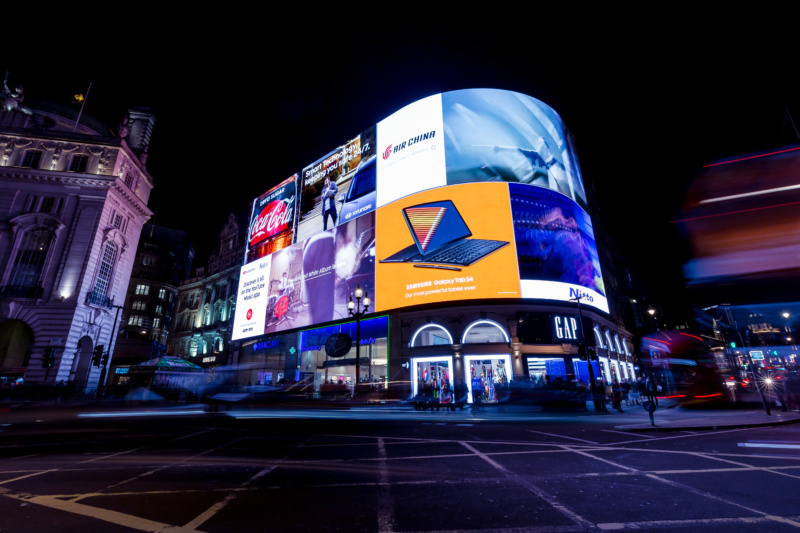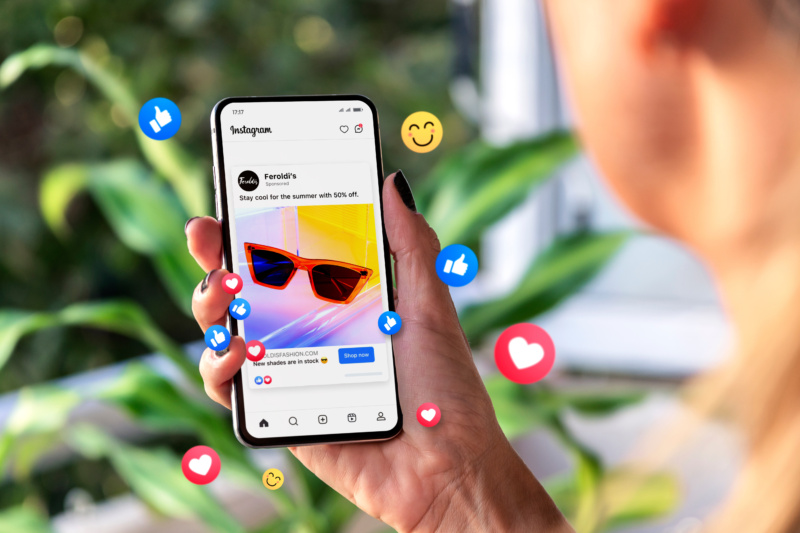Adding value to the message: What you want to say vs. what they want to hear

"Blockbuster, Mike speaking, we're now accepting pre-orders for Grand Theft Auto: San Andreas as well as Prince of Persia: Warrior Within, how can I help you?" was how I was supposed to answer the phone. "Blockbuster, we're open 'til 11:30" was how I actually answered the phone.
It was December 25th. I knew 90% of the calls coming in that day would be asking "Are you open today?" Or "What time are you open until?". And now I had answered their question before they even spoke. There was a line of customers all the way to the back of the store and bending around halfway back again. Anyone that came to my register with a video game would be told about the pre-orders, and I achieved my sales quota for the day.
I was making a compromise between what the company wanted to say and what the customer wanted to hear.
Too often brands focus on the former. They have a message to share, but struggle to get people to listen. Why? Because they’re failing to provide clear value to their consumer. The message is what you want to share. The value is what people want to hear.

Cracking the advertising code
Contrary to popular belief, people do like advertising. They just don't like most advertising. People have favourite ads. People tune in to the biggest sporting and entertainment events of the year to see the ads. People still quote ads from decades ago because they made such a monumental impact. What those all have in common is the value they offer to the consumer. A funny performance. A catchy song. A tear-jerking story. Great animation.
They don't just say "buy our product". They say "I'm on a horse" and "buy my product". The key to a good ad is trading the consumer’s time for the brand’s value. Remember—you’re interrupting their favourite show, the YouTube video they’re using to cook dinner, the sporting event they’re watching, their pre-bed doomscrolling on social media. It had better be worth it.
Value takes a lot of shapes. It’s not always strictly about delivering information (though it certainly can be). Value can also be things like:
- Entertainment: make your audience laugh—they’ll like it. 90% of consumers are more likely to remember a funny ad, and 72% of consumers would pick a funny brand over a competitor. The caveat here is making sure humour aligns with your brand tone.
- Emotion: tug at their heart strings, provoke them (and offer a solution), make them smile with cute animals selling you cellphones. Emotions are what makes us human, and that’s a valuable thing.
- Assistance: showcase how your brand can make someone’s life easier. Don’t just tell them you have a new product or service. Show them the problem it’s going to solve.
Once you know what value you’re offering, you can determine the best way to deliver your message.

Identifying the right medium for your message
If a music store sends me an email that just says "Up to 70% off most merchandise!", they only have part of my attention. I know this sentence means something in their store is 70% off, and the rest is likely much lower. But I see this type of message so often that I don't even notice it anymore. But, if they send an email showing the deals on various specific products—rather than a vague, broadstroke message—and I see their Taylor guitars were 35% off, I’m heading to their store very soon and likely making a purchase. Their message had value to me.
Sometimes, message and value are the same thing. A concert poster’s message is the time, place, and price of the show. That’s the exact info the audience wants to see. In fact, if you muddied that message at all by overloading the poster, it would actually be less valuable to me.
Now obviously, since I’m the video guy, I want to talk about video. Specifically, how can you make your video engaging enough to deliver both the message and the value while holding the viewer’s attention.
In a medium where you have their captive attention, like a television ad or a non-skippable preroll video, you have a little more runway to grab someone’s attention. There’s more time to build up to something big. And to be clear, that doesn’t mean you can be boring. But the opportunity for storytelling really presents itself in these cases. In other places like Instagram and TikTok, with millions of other videos a viewer could scroll to, you need to offer them a reason to pay attention.
Once you have your message, your value, and your medium, there’s still one more step to focus on. Your output. You could be offering all the value in the world, but if the wrapper sucks, no one is curious what’s inside.
When I’m creating videos—no matter where they’re being shown—I’m focusing on a few key areas:
- Footage: I know, it seems obvious. But the variety of content, the composition of shots, the visual appeal of the shots, and even just the number of different clips shown in a finished product all play a role in creating a valuable experience for the viewer.
- Colours: colours influence our emotions in ways we don’t even realize. Lower contrast desaturated colours evoke drama, while bright vibrant colours create a sense of fun and energy.
- Music: there’s a right track for every video, even if it takes hours to find it. Music sways our perception of a video. The same video can feel wildly different just by changing the music alone.
- Adding visual interest: pulsing footage, quick cuts, fluid animation. How you physically edit a video will dictate whether a viewer sticks around or bounces out after a few seconds.
My personal winners
1. Honda - Cog
When I think about my favourite commercials, the first one that comes to mind is Honda’s “Cog”. As a child I used to draw complicated Rube Goldberg machines around my homework. I found them fascinating and imaginative. When I saw Honda make a one-shot Rube Goldberg inspired commercial using only pieces of a car in 2003, I thought it was the best ad I’d ever seen.
2. Sony Bravia - Bouncing Balls
To market their new televisions with “Colour like no other”, Bravia launched millions of bouncy balls into the hilly streets of San Francisco. The result was a beautiful chaos of colour and fun. It showed that a memorable commercial can be much more effective than one that simply shows a product.
3. XBox 360 - Gears of War (Mad World)
In a sea of fast pace, constant explosion, violent ads for video games, ironically one called Gears Of War chose the opposite. Using a Gary Jules cover of Tears for Fears’s “Mad World” they juxtaposed footage of their dark and gritty game over beautiful and sombre music. The combination was extremely memorable, and launched a few dozen slow-cover-song-against-violent-imagery ads (I’m looking at you Dead Space 3), but none ever quite captured the magic of the original.
At the end of the day, humans are pretty simple beings. Tell us what we want to hear, and we’ll be happy. Show us what we want to hear, and we’ll be shouting “start the car!” every time we get a good deal.
Ready to deliver your message and value to your audience? Get in touch today to see how Alphabet® can help bring your video projects to life.



